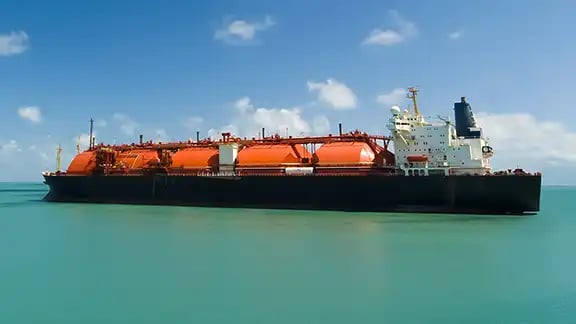
Our high quality manuals are an essential tool for officers, cadets and ratings – whether they are long serving members on board or have newly joined.
Shore based management also benefit from the manuals when it becomes necessary to communicate with the vessel when addressing system and equipment technical issues.
As part of our process we verify systems and equipment on board for accuracy, click here to find out more about our Systems Verification Surveys.
Our cargo manuals cover all aspects of cargo operations and associated equipment. Each section makes use of detailed illustrations and photographs of the equipment taken during visits to the vessel, where applicable.
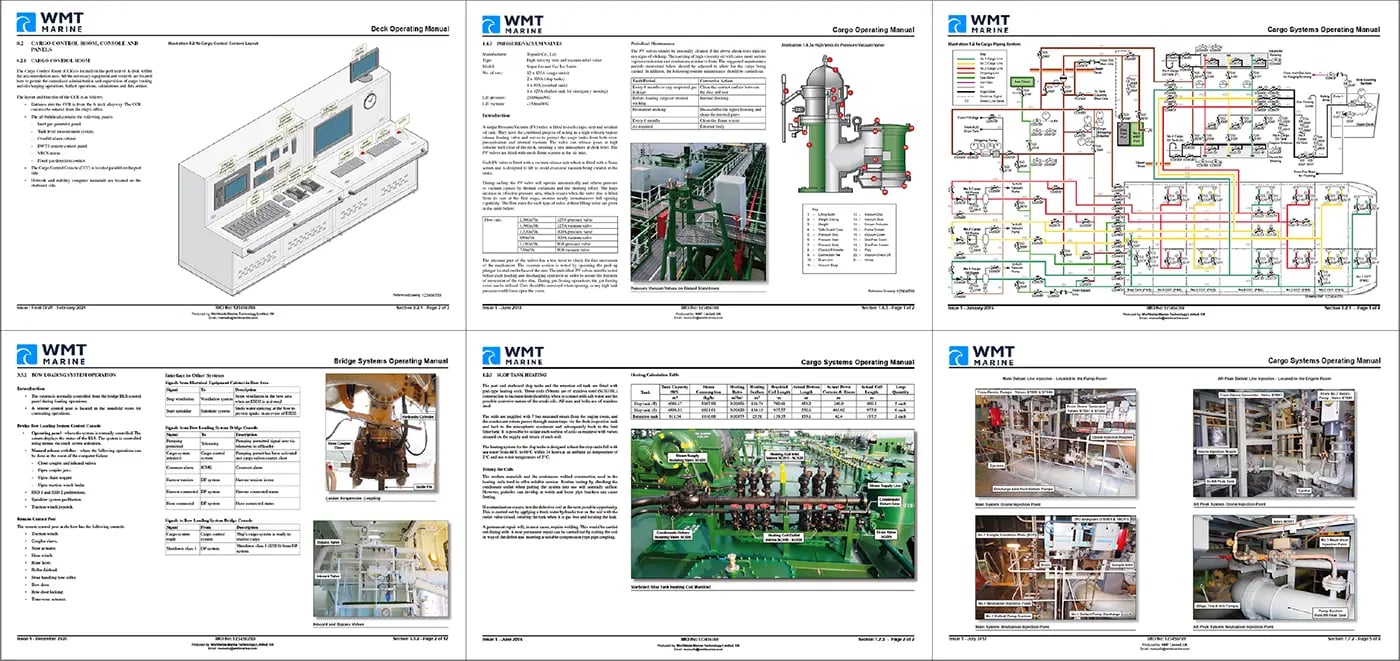
Design concept and capacity of the vessel. Detailed information on the use of the essential equipment used in loading and discharging cargo and maintaining the cargo tanks in a safe inert condition.
Detailed description of cargo operations. Ship-specific examples and flow diagrams of loading, discharging, ballasting, tank cleaning, gas freeing, warming-up, cooling-down, etc.
Detailed information on the use of all equipment in the Cargo Control Room, the cargo control systems, cargo tank instrumentation and cargo sampling equipment.
LNG bunkering manuals cover all aspects of LNG transfer between the LNG bunkering facility, barge or vessel and the operations and associated equipment.
Detailed information including reference illustrations on the type of containment system and technology including rules and regulations are covered.
Each section makes use of detailed illustrations and photographs of the equipment taken during visits to the vessel, where applicable.
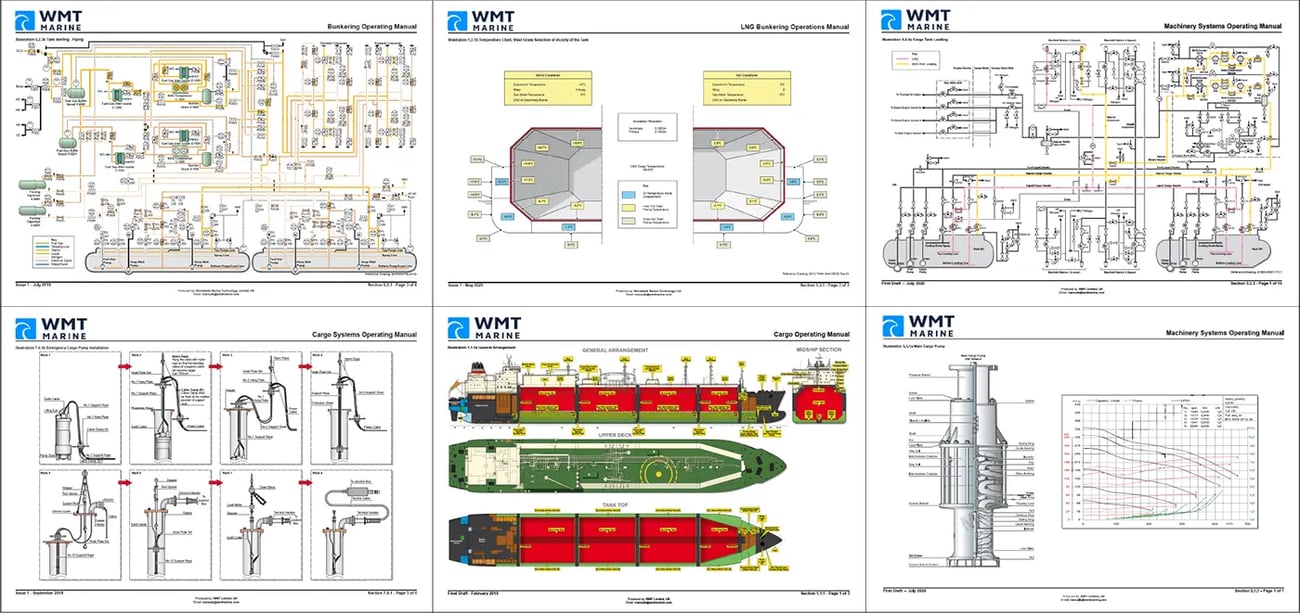
Design concept and capacity of the vessel. Detailed information on the use of the essential equipment used in loading and discharging cargo and maintaining the cargo tanks in a safe inert condition.
The safety section covers qualifications and training, hazards and precautions, bunkering prerequisites and emergency shutdown and control systems.
Detailed description of LNG bunkering operations. Ship-specific examples and flow diagrams of bunker lines cool down, bunker tank inerting, warm-up, aeration, drying, cool-down and transfer between bunker tanks.
This section covers contingency planning and emergency operations such as LNG leakage, fire, injury and communications failure.
The machinery manual covers the mechanical and auxiliary systems in the engine room. Each section makes use of detailed illustrations and photographs of the equipment taken during visits to the vessel, where applicable.
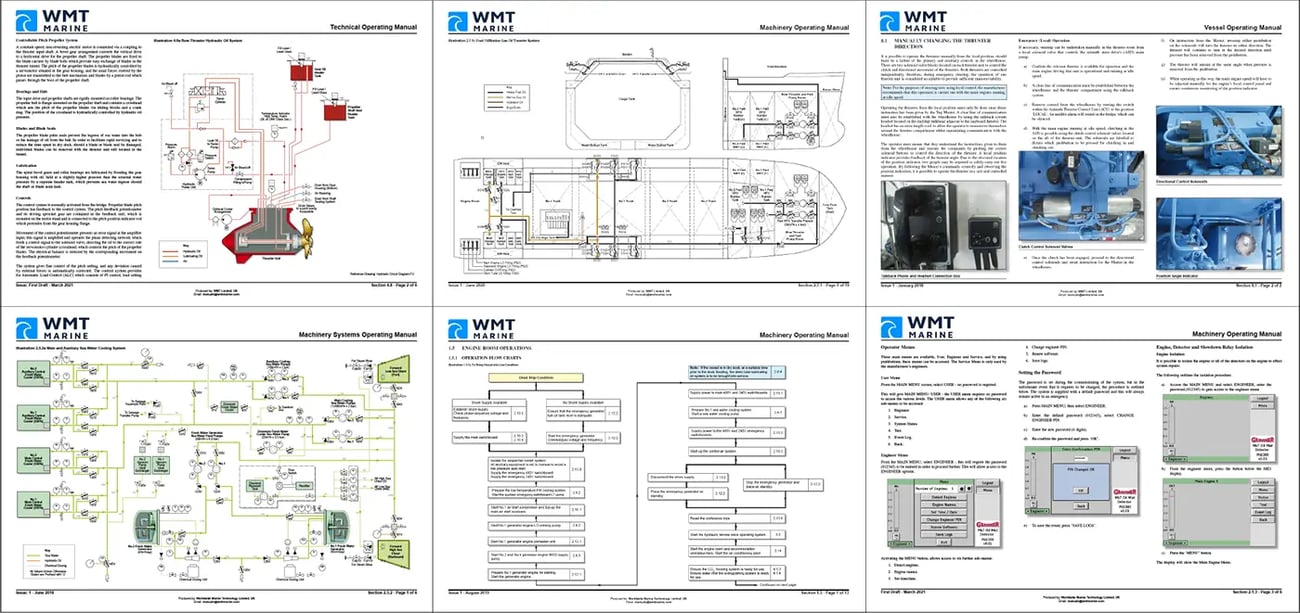
Detailed arrangement drawings of the engine room and all auxiliary machinery spaces. Flow charts aid in the commissioning of the vessel from varying states of readiness
Operation of all mechanical and electrical systems used throughout the ship. Covering all aspects from the main engines, boilers and auxiliary systems through to power generation and distribution. All equipment particulars and capacities are provided in each section. Piping diagrams and illustrations are used to assist with understanding the systems.
Detailed information on the control systems used in the control room and machinery spaces. This section also details extension alarm systems and procedures for switching the engine room to unmanned duty.
Comprehensive information on the emergency systems covering in the machinery spaces. This includes systems such as the fire main, fire extinguishers, foam, hi-fog and CO2 installations. Fire detection systems and emergency quick closing valves are also covered.
Emergency procedures such as main engine operation and emergency steering of the vessel. Procedures in the event of an emergencies such as flooding are also covered.
The Bridge Systems Operating Manual provides a vessel-specific reference document for a all navigational systems and can also include deck equipment. Each section makes use of detailed illustrations and photographs of the equipment taken during visits to the vessel, where applicable.
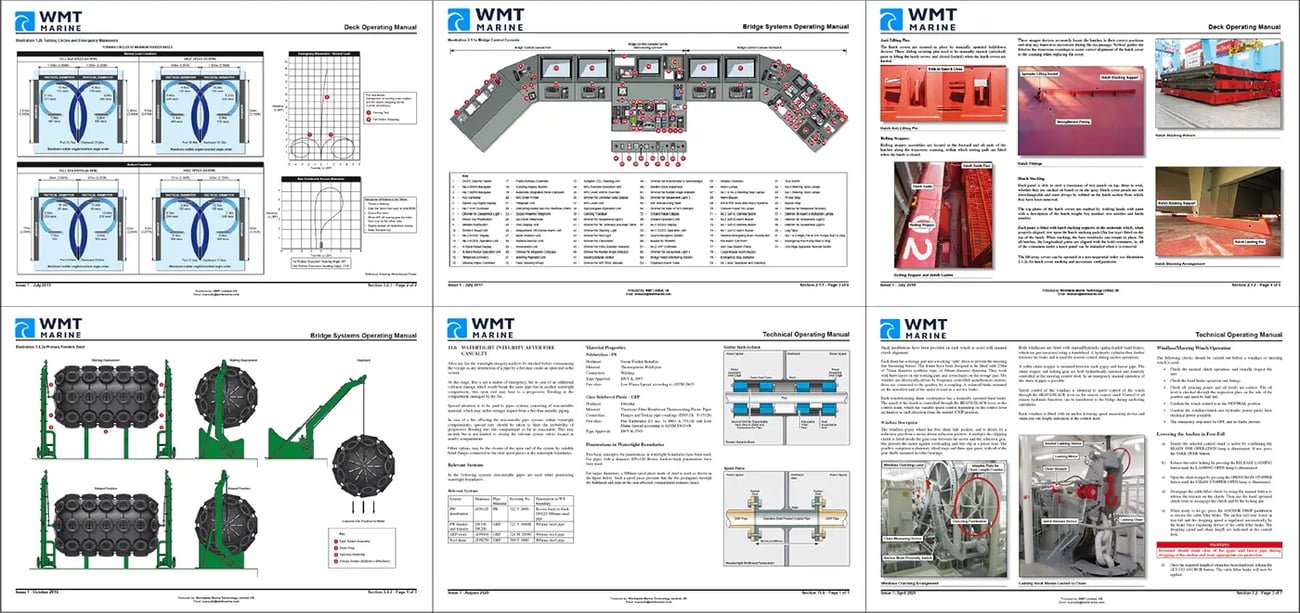
Ship's principal and performance data and ship handling characteristics. The user is provided with comprehensive deck layouts as well as tank capacity plans.
Equipment layouts, system configuration diagrams and navigation system operating guides. GMDSS equipment and operation is also included in this section.
The layout and operation of the deck machinery. Information on all the main deck machinery including mooring arrangement, deck cranes and lifeboats launching arrangements.
Procedures that should be adopted in a number of emergency situations, such as fire, flooding, man overboard etc.
Teamwork is paramount on any vessel. Information is provided about bridge teamwork, procedures for a watch handover as well as watch-keeping, pilot boarding and helicopter operations.
We produce SOLAS manuals that are ship specific and high quality so that crew can easily understand and carry out all of the related SOLAS functions. SOLAS Manuals are split into sections detailing the following:
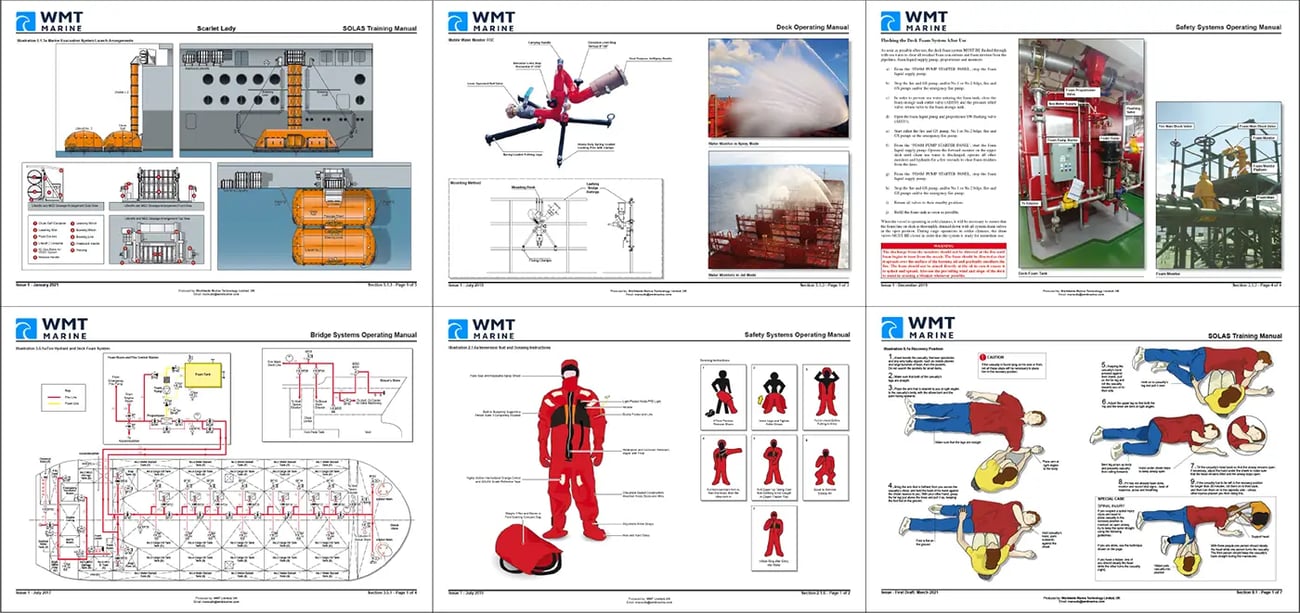
Ship Operation Manuals, SOLAS Training
Manuals, SOPEP, BWMP © Worldwide Marine
Technology 2023. All Rights Reserved
WMT Marine Ltd
Dee House, Parkway, Zone 2,
Deeside Industrial Park,
Flintshire,
CH5 2NS,
United Kingdom,
+44 (0) 1244 287 850